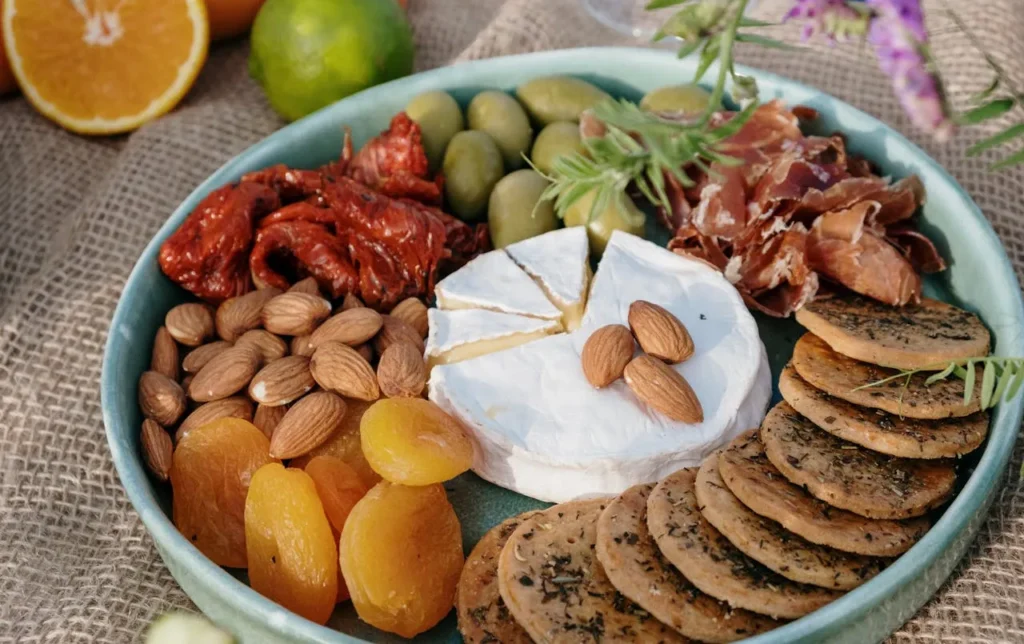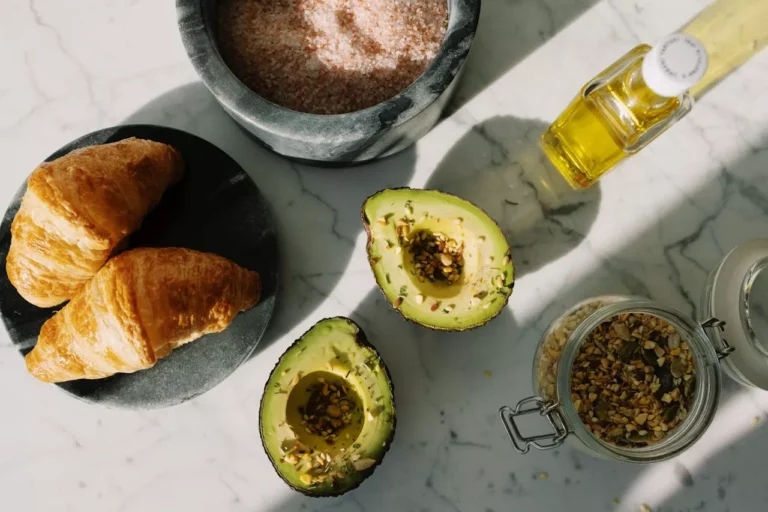
In the world of French gastronomy, few ingredients boast the versatility, flavor, and cultural resonance of the almond. A staple of traditional patisserie and an emerging favorite in health-conscious and plant-based recipes, the almond—particularly the European almond—has become an indispensable part of France’s culinary identity. Often associated with festive confections like the galette des rois, this Mediterranean nut is stepping into a broader spotlight, no longer confined to seasonal dishes but embraced year-round for its nutritional value and sustainable origins.
A Culinary Classic Finds New Ground
Almonds have long been a celebrated ingredient in French desserts. From delicate macarons to buttery financiers, the almond imparts a richness of flavor and texture that is difficult to replicate. Historically, its popularity surges during the festive season, particularly in January when French households partake in the Epiphany tradition by slicing into a galette des rois, often filled with sweet almond frangipane. Yet this ritual is merely one expression of a much deeper culinary relationship.
Today, the European almond is experiencing a renaissance in French kitchens—not only for its taste and texture but for what it represents: a wholesome, sustainable, and regionally connected ingredient that aligns with modern culinary values.
France’s Almond Appetite
France is one of the leading almond consumers in Europe. A significant portion of its almond imports—more than 50%—come from neighboring Spain and Portugal, both of which boast favorable climates and sustainable agricultural practices for almond cultivation. In 2023 alone, over 6,400 metric tons of Spanish almond flour were sold in France, highlighting the growing consumer demand for this essential baking ingredient.
Almond flour is a particular favorite among French pastry chefs and home bakers alike. With its fine, nutty texture, it forms the backbone of many iconic desserts, from the golden crust of a financier to the soft interior of a Paris-Brest. Its ability to enhance both flavor and nutritional value has helped almonds maintain a permanent place on pantry shelves across the country.
The Role of European Almond Varieties
A key factor in the popularity and quality of French almond-based creations lies in the varieties used. European almonds such as Lauranne (a French cultivar), Guara, Constantí, and Penta contribute unique characteristics to finished dishes. Grown primarily in the Iberian Peninsula, these varieties are known for their distinct taste, density, and nutritional profile.
Many French chefs and food artisans specifically seek out these European-grown almonds for their superior quality and traceability. In a culinary world that increasingly values terroir and origin, sourcing almonds from Spain and Portugal offers not just better flavor, but a connection to regional agriculture and sustainability.
Sustainability at the Core
One of the most compelling aspects of European almond production is its commitment to sustainable farming. Spain and Portugal together cultivate almonds across more than 800,000 hectares. Approximately 79% of these plantations use irrigated land, and an increasing share operates under sustainable and environmentally responsible practices.
In support of these efforts, the Spanish almond industry association SAB-Almendrave and the Portuguese CNCFS (National Confederation of Cooperatives of Family Farming and Forestry) have launched the “Sustainable EU Almond” initiative. This project, co-financed by the European Union, aims to raise awareness about the environmental, nutritional, and economic value of European almonds. By focusing on sustainable land and water use, biodiversity preservation, and fair agricultural practices, the initiative positions almonds as a model crop for the future of European agriculture.

The campaign is not only about environmental stewardship but also about transparency and education. Through certifications, consumer outreach, and farmer support, the Sustainable EU Almond initiative helps build trust in the value chain—from orchard to oven.
Almonds in the French Kitchen: From Tradition to Trend
While the almond has always been a fixture in French patisserie, today’s chefs are finding new ways to showcase its potential. Its nutritional profile—rich in plant-based protein, healthy fats, vitamin E, magnesium, and antioxidants—makes it ideal for modern diets, particularly those emphasizing plant-based, low-carb, or gluten-free eating.
Traditional Recipes with a Modern Embrace
- Paris-Brest: This classic dessert, shaped like a wheel to commemorate the famous bicycle race, features a crisp choux pastry topped with slivered European almonds and filled with praline cream. The almonds not only provide crunch but also elevate the overall taste.
- Financiers: Small, buttery cakes made with almond flour, egg whites, and brown butter. Their rich flavor and moist texture are thanks largely to the fine European almond flour at their core.
Trending Recipes with European Flair
- Frangipane Bricks: A modern twist on the traditional almond cream filling, these use sheets of pastry layered with almond flour, butter, eggs, and sugar. Crispy on the outside and soft on the inside, they’re an elegant snack or dessert that merges tradition with innovation.
- Matcha Almond Cake: Combining Japanese matcha powder with European almond flour, this fusion recipe appeals to health-focused bakers. The almond flour adds depth, while the matcha contributes antioxidants and a distinctive green hue.
Beyond desserts, almonds are making their way into savory and functional recipes—from almond pesto to dairy-free sauces and plant-based proteins. Almond milk and almond-based spreads are increasingly common in French households, offering lactose-free alternatives that align with both health and environmental goals.
Why Almonds Matter More Than Ever
The broader cultural and environmental context cannot be ignored. As consumers become more concerned with sustainability, climate change, and health, the ingredients they choose become powerful statements. European almonds—grown close to home, under strict environmental controls, and with a rich culinary heritage—embody many of the values today’s consumers are embracing.
They represent a bridge between tradition and modernity, indulgence and wellness, heritage and innovation.





